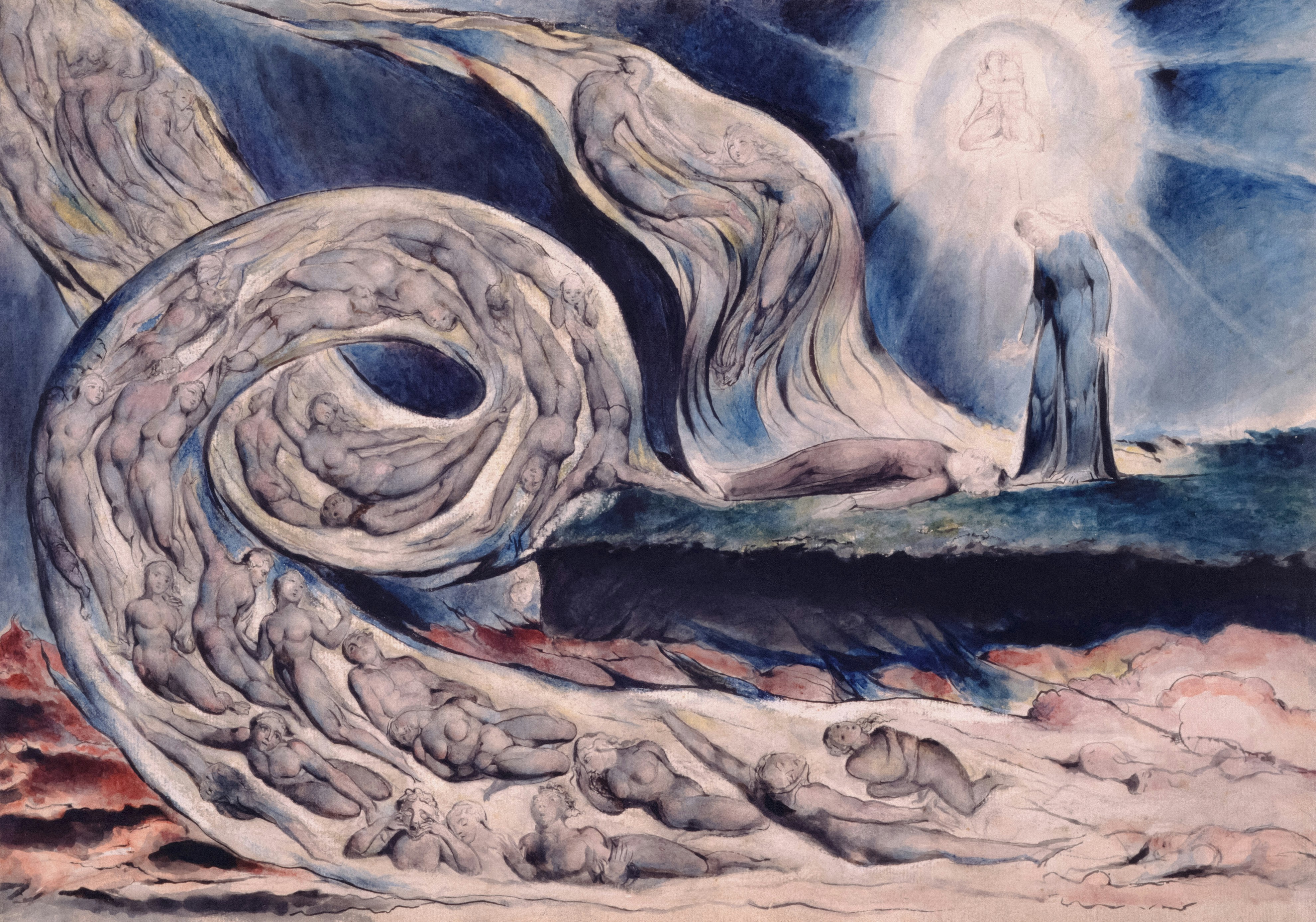The Ozarks Temple: Significance for Members of the Church of Jesus Christ of Latter-day Saints
Introduction to the Ozarks Temple
The Ozarks Temple, officially known as the Branson Missouri Temple, is a significant religious structure for members of the Church of Jesus Christ of Latter-day Saints (LDS Church). Nestled in the scenic Ozark Mountains of southwestern Missouri, this temple serves as both a spiritual refuge and a vital center of worship for the local Latter-day Saint community. Strategically situated near the tourist-friendly Branson area, the temple is well-positioned to attract visitors who are both dedicated members and interested tourists, making it an essential landmark in the region.
Architecturally, the Ozarks Temple showcases the distinctive Neoclassical style, which incorporates classic elements such as a prominent spire, intricate stonework, and elegant interiors. The design reflects the ideals of peace and reverence associated with the temple, providing a serene environment for worship, learning, and spiritual renewal. The building serves not only as a place of sacred ordinances but also as a community hub for educational programs, family history research, and various church-related activities.
Historical Background of Temples in LDS Culture
The significance of temples in the Latter-day Saint (LDS) faith can be traced back to the church’s origins in the early 19th century. Joseph Smith, the church’s founder, established the belief that temples serve as houses of the Lord, where sacred ordinances are performed. This understanding was rooted in a revivalist context, responding to wider religious movements of the period that emphasized personal holiness and communal worship. The first temple built by the Latter-day Saints was the Kirtland Temple, completed in 1836 in Ohio. This structure was notable not just for its architectural style but also for the spiritual experiences associated with it, including revelations and divine manifestations.
Following the Kirtland Temple, the Nauvoo Temple was constructed in Illinois in 1846, further highlighting the importance of temples as centers for worship within the growing community of Latter-day Saints. The Nauvoo Temple embodied intricate design and was viewed as a symbol of hope amidst persecution. It became a place of refuge, spiritual growth, and community gathering. The original Nauvoo Temple, however, was destroyed in the 1840s, leading to the church’s migration to the west.
As members of the LDS Church settled in Utah, the Salt Lake Temple was developed, ultimately becoming a defining architectural symbol for the faith. Completed in 1893, this temple showcased the evolution of temple architecture, reflecting both the aspirations and challenges of the Latter-day Saints during that period. Temples have since multiplied in number and design across the globe, affirming their role not merely as places of aesthetic beauty but as vital centers for spiritual instruction and community bonding. Today, the presence of temples signifies the enduring belief in divine connection and the importance of sacred rites in the lives of church members, representing both history and spirituality interwoven within Latter-day Saint culture.
The Purpose of Temples in LDS Theology
Within the framework of Latter-day Saint (LDS) theology, temples hold profound significance. Temples are regarded as sacred spaces, set apart from the secular world, where church members can engage in various religious practices essential to their faith. The central purpose of temples in LDS belief is to facilitate sacred ordinances that are believed to be necessary for salvation and eternal progression. Among these ordinances, baptism for the dead stands out as a pivotal practice, allowing living members to perform baptisms on behalf of their deceased ancestors who did not have the opportunity to receive this ordinance during their lifetime.
Baptism for the dead embodies the LDS doctrine that emphasizes the importance of family and the eternal nature of relationships. Members believe that through such acts, they can offer salvation and the chance to accept the gospel to their relatives who have passed away without hearing it. This ordinance reinforces the church’s commitment to the idea that no one is excluded from the possibility of exaltation, and it illustrates the interconnectedness of all generations within the context of salvation.
Additionally, temples serve as the venue for eternal marriages, or sealings, which are considered a fundamental tenet in LDS theology. Through these sacred ceremonies, couples are united not just for their mortal lives but for eternity. This belief underscores the divine purpose of marriage within LDS doctrine, marking it as a covenant that extends beyond death and facilitates familial bonds in the afterlife.
Moreover, the temple experience is meant to enhance spiritual growth and personal revelation, providing members with a sanctuary for reflection and divine communication. Therefore, the construction and utilization of temples are integral to LDS beliefs, serving both as places for sacred ordinances and as catalysts for spiritual development and familial connections in an eternal context.
Community Impact of the Ozarks Temple
The Ozarks Temple serves as a significant landmark for members of the Church of Jesus Christ of Latter-day Saints, extending its influence beyond mere spiritual pursuits. Its establishment has fostered a myriad of positive impacts within the local community, contributing to both individual growth and communal development. One of the temple’s notable contributions lies in its humanitarian efforts, aimed at addressing both immediate and long-term needs of the residents. Initiatives such as food drives, clothing donations, and emergency assistance programs exemplify the commitment of temple members to uplift and support those in need, regardless of their faith affiliations. These efforts not only provide direct aid but also encourage community solidarity and cooperation.
Moreover, the Ozarks Temple plays a vital role in educational programs that cater to diverse age groups. Classes on topics ranging from family history research to financial literacy are offered, affording opportunities for personal development and lifelong learning. Such educational initiatives empower community members by equipping them with valuable skills and knowledge that can enhance their quality of life. The temple also organizes youth activities, fostering connections among younger generations, instilling a sense of belonging, and promoting moral and ethical values.
Furthermore, the temple acts as a gathering place for members of the faith, strengthening community bonds. Regular worship services, social gatherings, and cultural events create an environment where individuals can build lasting friendships and share experiences. This aspect is crucial, particularly for those who may feel isolated or disconnected from the broader society. By fostering an inclusive atmosphere, the Ozarks Temple not only enriches the lives of its church members but also contributes positively to the fabric of the local community, establishing a foundation of unity and support.
Experiences of Church Members Visiting the Ozarks Temple
The Ozarks Temple serves as a significant spiritual haven for many members of the Church of Jesus Christ of Latter-day Saints. For numerous individuals and families, visits to this sacred space entail profound personal experiences that deeply resonate within their faith journey. One member recounted her first visit to the temple, describing an overwhelming feeling of peace that enveloped her as she stepped inside. This tranquility, she noted, created a stark contrast to the daily stresses of life, allowing her to find solace and clarity through prayer and reflection.
Another family shared their experience of attending the temple together during a pivotal moment in their lives. The ritual of participating in sacred ordinances together fostered a unique bonding opportunity, instilling a greater sense of unity and purpose within their family. They emphasized that the essence of their visit extended beyond the physical act of being in the temple; it was about the spiritual commitments they made to strengthen their relationships with each other and with God. This element of togetherness is frequently highlighted among church members, as many feel that the temple serves as a catalyst for family growth and renewal.
Challenges and Triumphs in Establishing the Ozarks Temple
The establishment of the Ozarks Temple has been marked by a series of challenges and triumphs that have shaped its journey from planning to completion. One of the primary hurdles encountered during this endeavor was community reception. When the proposal for the Ozarks Temple was first introduced, it faced mixed reactions from local residents. Concerns included the impact on the local environment, increased traffic, and changes in the area’s cultural landscape. The Church of Jesus Christ of Latter-day Saints recognized the importance of addressing these concerns through open dialogue and community engagement. Extensive outreach efforts were implemented to inform the public about the temple’s purpose, its expected benefits, and the church’s commitment to being a good neighbor within the community.
Funding, another critical challenge, played a significant role in the timeline and eventual construction of the Ozarks Temple. Temples are constructed without incurring debt, relying largely on donations from church members. This fundraising endeavor required careful planning and cooperation within the community of Latter-day Saints. Over time, as enthusiasm for the project grew, so did the generous contributions which enabled the church to progress through the various stages of construction. Each milestone achieved acted as a testament to the members’ faith and dedication to the vision of establishing a sacred space in the Ozarks.
Logistical hurdles were also a part of the process, involving the coordination of construction teams, materials, and regulatory requirements. These challenges, while daunting, contributed to the development of a robust operational framework for the project. The successful navigation of these issues ultimately led to a celebratory atmosphere surrounding the dedication of the Ozarks Temple. The triumphs highlighted the resilience of the Latter-day Saints community and reinforced their collective identity. As a place of worship and a gathering point for believers, the Ozarks Temple now stands as a symbol of faith and perseverance, with profound implications for its members and the broader environment in which it exists.
Cultural Significance of the Ozarks Temple
The Ozarks Temple holds a paramount place within the cultural landscape of the Church of Jesus Christ of Latter-day Saints and its members. Situated in an area rich with traditions and communal ties, this temple serves as more than just a place of worship; it becomes a focal point for various local customs and celebrations. Its existence contributes significantly to the community’s identity, shaping collective experiences for both church members and nearby residents.
One of the most profound aspects of the temple’s cultural significance is its role in facilitating community events that align with the teachings and beliefs of the Latter-day Saints. Activities such as baptisms, weddings, and family gatherings often take place within the temple grounds, reinforcing social bonds and fostering a sense of unity. Furthermore, these events often interweave cultural practices specific to the Ozarks, creating a unique blend of faith and local heritage. Through such interactions, the temple becomes a living symbol of the integration of church doctrine with regional cultural expressions, enhancing the overall cultural fabric.
The Ozarks Temple also acts as a catalyst for community outreach programs, further establishing its significance in local traditions. Initiatives aimed at serving the needs of the community often emanate from the temple, impacting both church members and non-members alike. These activities showcase the temple’s commitment to the broader community while emphasizing the principles of service and compassion central to Latter-day Saint beliefs.
Ultimately, the cultural significance of the Ozarks Temple is multi-faceted. It enhances the spiritual lives of its members while simultaneously enriching the local culture, promoting a sense of belonging, and facilitating communal celebrations. This interplay between the temple and the local traditions truly encapsulates the essence of both the church and the surrounding area.
Symbolism and Artistry in the Ozarks Temple
The Ozarks Temple, a remarkable edifice, serves as a beacon of faith for members of the Church of Jesus Christ of Latter-day Saints. Its design intricately weaves together various symbolic elements that echo the beliefs and values of the Latter-day Saint tradition. Each architectural feature is purposeful, representing principles that resonate deeply with the faith community and enhancing the overall worship experience for visitors.
One significant aspect of the temple’s architecture is its towering spire, which reaches skyward and symbolizes the connection between heaven and earth. This feature not only draws the gaze upward but also serves as a reminder of the aspirations of the faithful to attain higher spiritual awareness and proximity to the divine. The clean lines and geometric shapes of the structure offer a modern interpretation of traditional designs, reflecting both reverence and contemporary aesthetics.
In addition to its architectural elements, the interior of the Ozarks Temple is adorned with artwork that embodies Latter-day Saint values. From intricate murals depicting scenes from scripture to sculptures that represent key figures in LDS history, each piece serves as a visual narrative reinforcing the community’s beliefs. These artistic expressions enhance the atmosphere of peace and reflection within the temple, encouraging visitors to delve deeper into their faith as they experience a profound spiritual ambiance.
Natural materials used in the construction, such as locally sourced stone and wood, echo the connection to the Ozarks region, emphasizing the importance of creation in the teachings of the Church. By integrating these elements into the design, the Ozarks Temple becomes not just a house of worship, but a vivid representation of the cultural and spiritual identity of the Latter-day Saints, fostering a stronger sense of belonging and community among its members.
Conclusion: The Ozarks Temple as a Beacon of Hope
Throughout this blog post, we have explored the profound significance of the Ozarks Temple for members of the Church of Jesus Christ of Latter-day Saints. The temple serves not only as a sacred space for worship and spiritual growth but also as a physical manifestation of the faith of its members. Through its architecture and dedicatory ceremonies, the temple stands as a testament to the commitment of the Church to provide a place of peace and reverence amid the challenges of modern life.
The Ozarks Temple plays a crucial role in nurturing faith within the community by offering various opportunities for members to engage in temple ordinances and spiritual practices. These sacred activities are vital for the spiritual upliftment of congregants and foster a stronger connection to their beliefs. The temple generates a sense of belonging and unity, bringing together individuals and families who share these spiritual journeys, thus reinforcing the social fabric of the Church community.
Moreover, the temple serves as a beacon of hope, symbolizing the promise of eternal life and the potential for personal growth. As members gather to experience the blessings of the temple, they can draw strength from one another, encouraging resilience in the face of life’s trials. The presence of the temple in the Ozarks fosters an environment where faith can flourish and individuals can seek guidance, comfort, and inspiration.
In conclusion, the Ozarks Temple embodies the ideals and aspirations of the Church of Jesus Christ of Latter-day Saints. It stands as a pillar of hope for its members, promoting spiritual growth and community bonding. As the Church continues to evolve, the Ozarks Temple remains a vital institution, reinforcing the significance of faith in everyday life and fortifying the bonds that unite the community. Its eternal messages resonate deeply, ensuring its lasting impact on those who seek solace under its roof.












Leave a Reply
You must be logged in to post a comment.